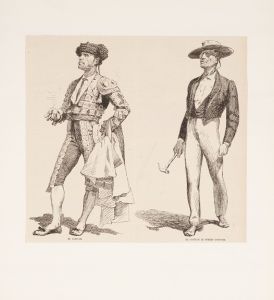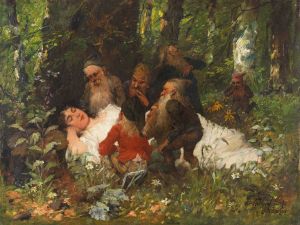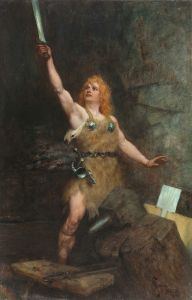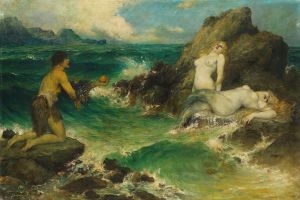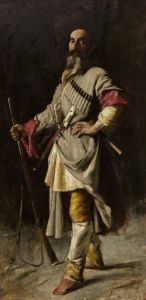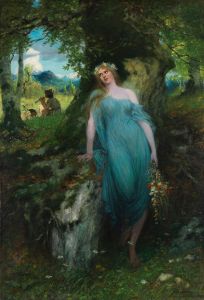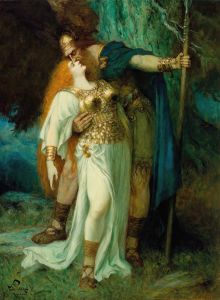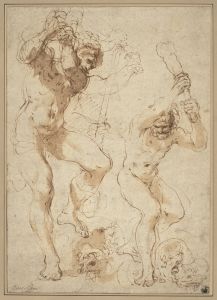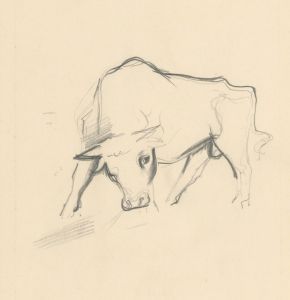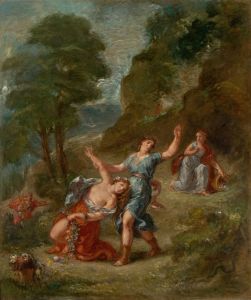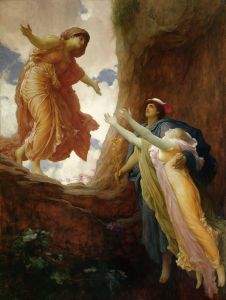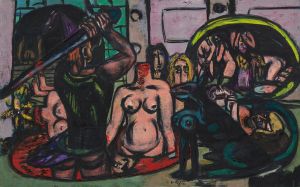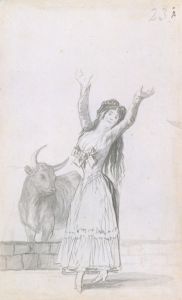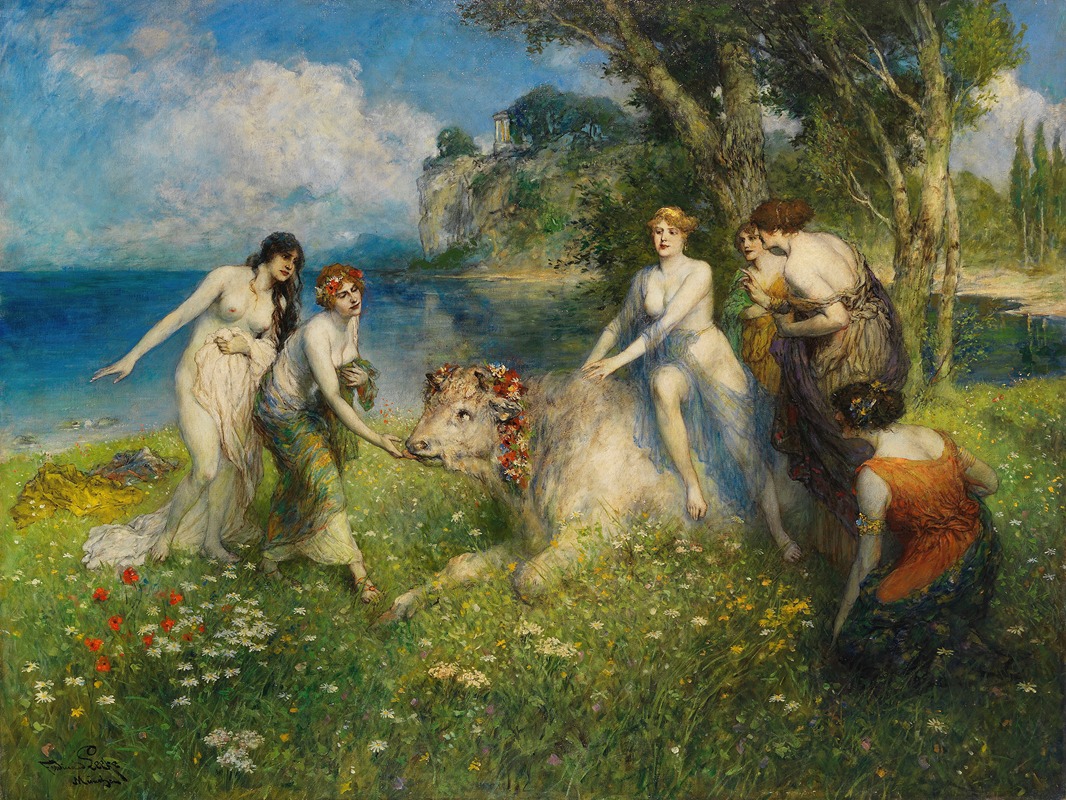
Europa auf dem Stier
A hand-painted replica of Ferdinand Leeke’s masterpiece Europa auf dem Stier, meticulously crafted by professional artists to capture the true essence of the original. Each piece is created with museum-quality canvas and rare mineral pigments, carefully painted by experienced artists with delicate brushstrokes and rich, layered colors to perfectly recreate the texture of the original artwork. Unlike machine-printed reproductions, this hand-painted version brings the painting to life, infused with the artist’s emotions and skill in every stroke. Whether for personal collection or home decoration, it instantly elevates the artistic atmosphere of any space.
Ferdinand Leeke's painting Europa auf dem Stier (translated as Europa on the Bull) is a work of art inspired by the classical myth of Europa and Zeus from ancient Greek mythology. The painting depicts the moment when Zeus, having transformed himself into a bull, carries Europa across the sea. This mythological tale has been a popular subject in Western art for centuries, symbolizing themes of transformation, seduction, and the blending of human and divine realms.
Ferdinand Leeke (1859–1923) was a German painter associated with the Romantic and Symbolist movements. He is known for his works that often drew upon mythological, literary, and operatic themes. Leeke studied at the Academy of Fine Arts in Munich under the guidance of Wilhelm von Diez, a prominent artist of the time. His artistic style is characterized by its attention to detail, dramatic compositions, and a focus on storytelling through visual elements.
In Europa auf dem Stier, Leeke portrays Europa seated on the back of Zeus in his bull form. The composition emphasizes the grace and beauty of Europa, often depicted as a young woman with flowing garments, and the strength and majesty of the bull. The setting typically includes a seascape, referencing the mythological journey across the sea to Crete. While the exact details of Leeke's interpretation of this scene may vary, his work aligns with the broader artistic tradition of representing this myth in a romanticized and idealized manner.
Leeke's painting reflects the 19th-century fascination with classical mythology and its reinterpretation through a Romantic lens. Artists of this period often sought to evoke emotion and imagination, drawing upon ancient stories to explore timeless human experiences. The myth of Europa, in particular, held symbolic significance, as it was associated with the origins of Europe as a cultural and geographical concept.
While Europa auf dem Stier is not as widely known as other depictions of the Europa myth by artists such as Titian or Rembrandt, it contributes to the rich tradition of mythological art in European history. Leeke's body of work, including this painting, demonstrates his ability to merge classical themes with the artistic sensibilities of his time.
Further details about the specific provenance, current location, or reception of Europa auf dem Stier are not readily available.





